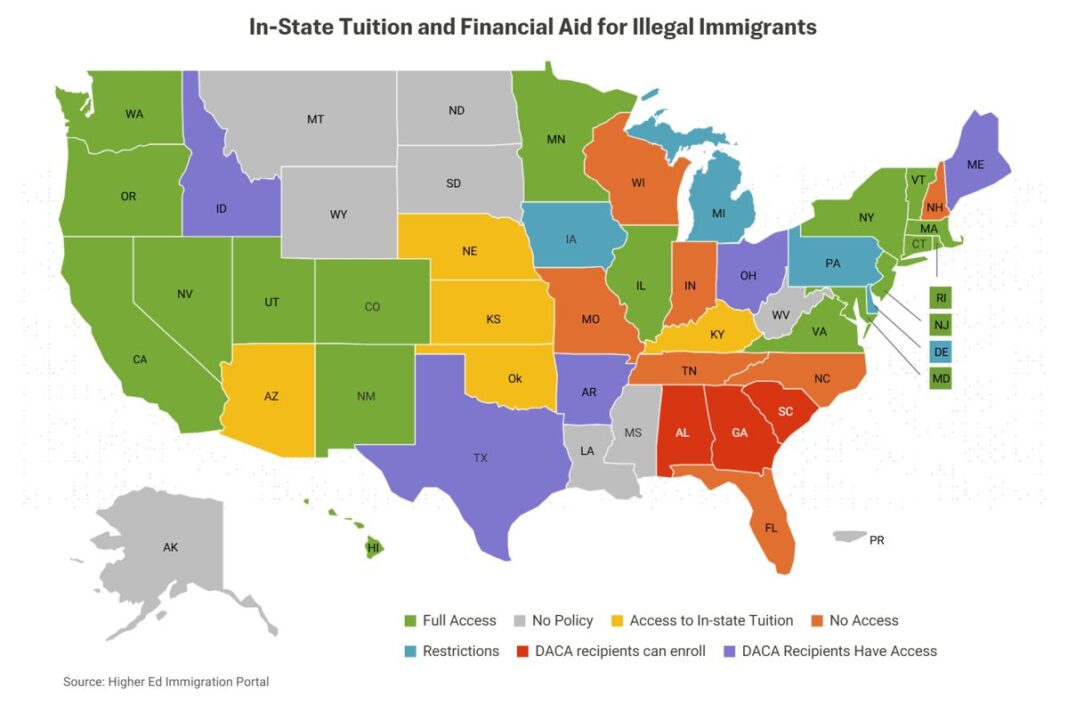From last year’s Sahm Rule to this year’s tariff impacts, here’s how the labor market is performing this Labor Day.
The national labor market has remained resilient over the past year, serving as a constant in an otherwise uncertain economic climate.
Employers and workers have navigated numerous developments since Labor Day last year—from the 2024 presidential election to President Donald Trump’s global tariffs.
Here’s the status of employment conditions over the past 12 months.
US Labor Market–Then and Now
Wall Street was in a state of panic heading into the Labor Day long weekend in 2024, as the uptick in the unemployment rate triggered the Sahm Rule.
The Sahm Rule is a recession indicator developed by Claudia Sahm, a former economist at the Federal Reserve. When the three-month moving average of the jobless rate rises by 0.5 percentage points from its low over the preceding 12 months, it signals that the United States could be in the early stages of a recession.
In the July 2024 jobs report, the unemployment rate rose to 4.3 percent, the highest since October 2021, effectively activating the Sahm Rule.
Months later, economists viewed it as a false alarm because the economy continued expanding, the labor market still created jobs, and the unemployment rate stabilized at around 4 percent.
Today, while recession fears have dissipated immensely since the April peak of tariff-driven uncertainty, employment conditions could be deteriorating.
The Bureau of Labor Statistics reported that the U.S. economy added 73,000 new jobs in July, which was fewer than expected. What’s more, the federal agency revised the May and June numbers lower by a combined 258,000, prompting concerns that the labor market could be heading south.
The adjustments also reduced the three-month moving average to a paltry 35,000. By comparison to the same period in 2024, the three-month moving average was 170,000.
While job growth may be slowing, other metrics are also in play.
Nominal (non-inflation-adjusted) hourly wage growth was 3.9 percent year-over-year in the July jobs report, unchanged from September 2024. On the other hand, real (inflation-adjusted) hourly wage growth has been solid this year, rising 1.2 percent—real weekly earnings have also climbed 1.4 percent.
The labor force participation rate—a percentage of individuals employed or actively seeking work—declined to 62.2 percent from 62.7 percent.
Average weekly hours have ranged between 34.1 and 34.3.
Another trend that has persisted over the past year is low layoffs, steady resignations, and slower hiring levels. Economic observers have attributed this freeze to employers monitoring the broader economy to determine whether the economy is heading into a downturn or will emerge unscathed from changes to trade policy.
At the same time, businesses continue to have millions of job vacancies. According to the Bureau of Labor Statistics’ latest Job Openings and Turnover Survey, there were approximately 7.5 million unfilled positions in June, little changed from a year ago.
“Economic activity data show the economy is expanding at a moderate pace, while the jobs data are losing momentum,” Bill Adams, chief economist for Comerica Bank, said in a note emailed to The Epoch Times.
In the second quarter, the GDP growth rate was 3.3 percent, up from the 0.5 percent contraction in the first three months of 2025. Looking ahead to the third quarter, the Atlanta Federal Reserve’s widely watched GDPNow Model estimate points to a 3.5 percent expansion.
By Andrew Moran








